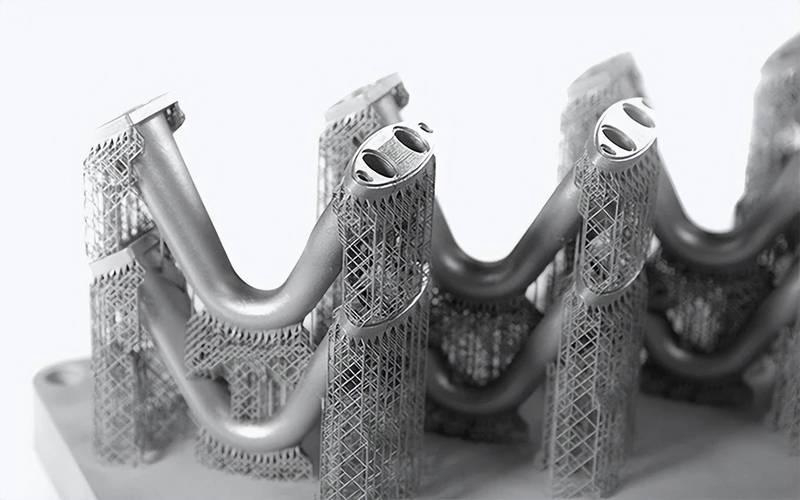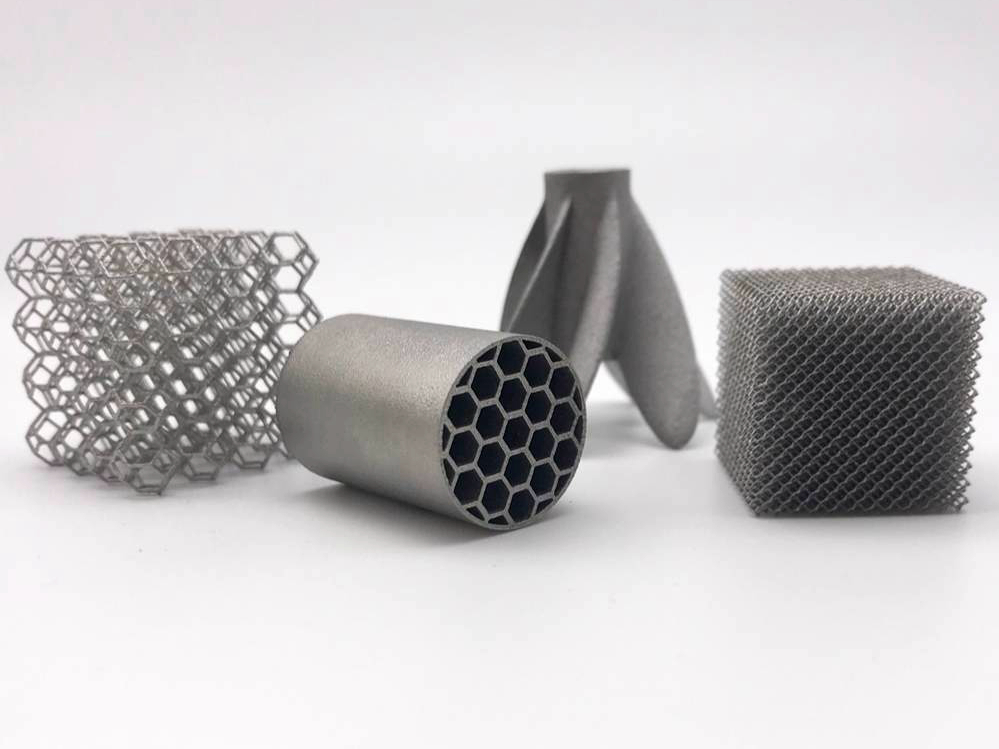How does heat treatment enhance wear resistance in 3D printed components?
How Does Heat Treatment Enhance Wear Resistance in 3D Printed Components?
The Challenge of Wear in As-Printed Metal Parts
3D printed metal parts produced via SLM, DMLS, or EBM often contain rough microstructures, residual stress, and low surface hardness—factors that lead to premature wear under friction or contact loading. These issues limit the performance of gears, tooling inserts, and high-load components. Heat treatment enhances wear resistance by increasing surface hardness, improving phase structure, and promoting grain refinement.
Key Mechanisms That Improve Wear Resistance
1. Precipitation Hardening
Aging heat treatments in alloys like Tool Steel 1.2709, Tool Steel H13, and SUS630/17-4 PH form uniformly distributed nanoscale precipitates, which significantly raise hardness and reduce wear under abrasive or sliding conditions.
1.2709 reaches 50–54 HRC after aging at 490°C for 6 hours
17-4 PH steel reaches up to 40 HRC using H900 aging at 482°C
2. Phase Stabilization and Hardening
Solution treatment and controlled aging in superalloys like Inconel 718 precipitate gamma prime/gamma double prime phases, which increase both hardness and surface integrity under high temperatures.
Results in stable wear resistance in aerospace seals and combustion parts
3. Grain Structure Refinement
Annealing and tempering modify the columnar grain structure commonly seen in as-printed parts into equiaxed grains. Fine, homogeneous grain structures enhance the part’s ability to resist surface damage.
Particularly effective for Tool Steel D2 and SUS316L
4. Stress Relief and Surface Stability
Removing internal tensile stress through heat treatment prevents surface crack formation under load cycles. This is essential for impact-prone tooling and load-bearing wear interfaces.
Ti-6Al-4V and Ti-6Al-4V ELI benefit from annealing at 700–800°C to increase resistance to fretting wear
Application Examples
Mold inserts in Tool Steel H13 for plastic injection
Sliding mechanisms and couplings in SUS630
Turbine hot-section components in Inconel 625
Medical cutting tools in Ti-6Al-4V ELI
Recommended Services for Wear-Resistant Performance
To maximize wear resistance in functional components, Neway 3DP provides:
Heat Treatment For aging, hardening, and stress relief tailored to alloy and application
PVD Coating To enhance surface hardness without dimensional change
CNC Machining For post-treatment surface refinement and dimensional precision



